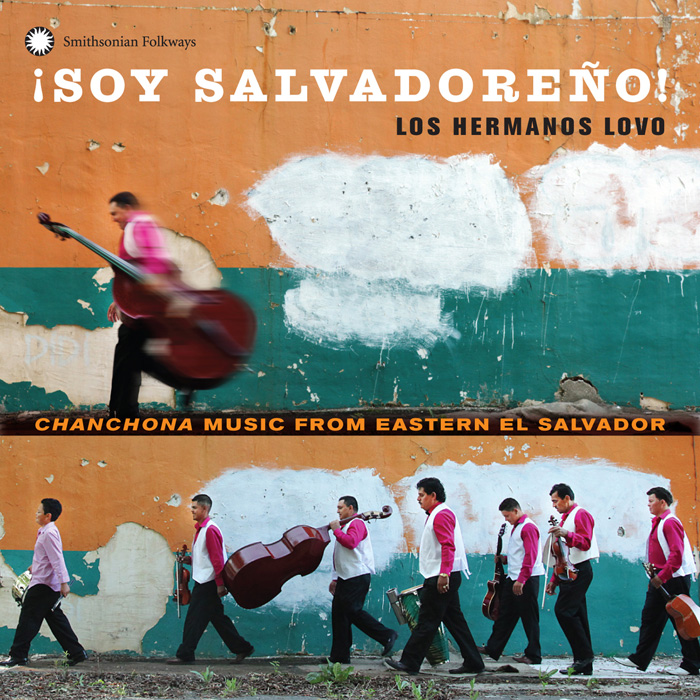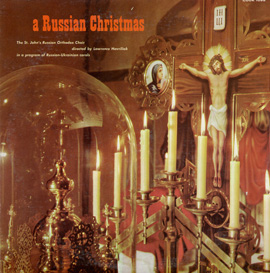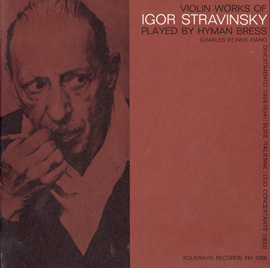Summary
The following is designed for elementary and middle general/classroom music students and can be easily adapted for other types of music classes. The following includes experiences in the areas of performance, dance, and socio-cultural heritage of polka music. These experiences are designed as part of a two week unit; each week includes one lesson plan.
Suggested Grade Levels: K-2, 3-5, 6-8
Country: Poland, Czech Republic, Austria, Sweden, Norway, Finland Denmark, Russia, Ukraine
Region: Europe
Culture Group: Polish, Czech, Austrian, Swedish, Norwegian, Finnish, Danish, Russian, Ukrainian
Genre: Polka
Instruments: Accordion, Guitar, Bass, Clarinet, Trombone, and Tuba
Language: Polish, Czech, Austrian, Swedish, Norwegian, Finnish, Danish, Russian, Ukrainian
Co-Curricular Areas: Social Studies, Dance
National Standards: 1, 6, 8, 9
Prerequisites: None
Objectives:
- Clap on the beat of a polka
- Sing “Roll Out the Barrel,” a popular polka melody
- Identify countries where the polka music style is/was prominent
- Identify the instruments typically played/used in polka music
- Perform a basic polka dance, the “Cuckoo Polka”
- Review/identify countries where the polka is/was a prominent part of culture
- Compare folk dances of Europe with modern group dances today
Materials:
- “Bip Bip Polka” from Polish Dance Time (MON71598)
- “Muziky Muziky Polka” from Deeper Polka: More Dance Music from the Midwest (SFW40140)
- “Kuckucks-Polka (Cuckoo Polka)” from Folk Dances of Austria, Vol. 1 (FW08837)
- “Studentenpolka (Students' Polka)” from Folk Dances of Austria, Vol. 2 (FW08838)
- Map of the world
- Story sheet for the polka dance
- Dance sheet for the “Cuckoo Polka”
Lesson Segments:
- Musical and Cultural Significance of the Polka (National Standards 1, 6, 8, 9)
- Polka Dance (National Standards 1, 6, 8, 9)
Lesson Segment #1: Musical and Cultural Significance of the Polka
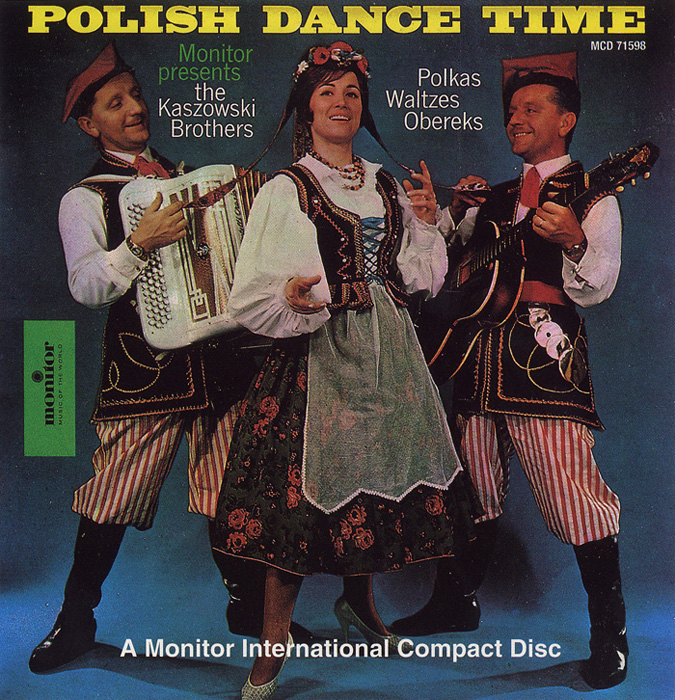
“Bip Bip Polka”
from Polish Dance Time (1995) | MON71598
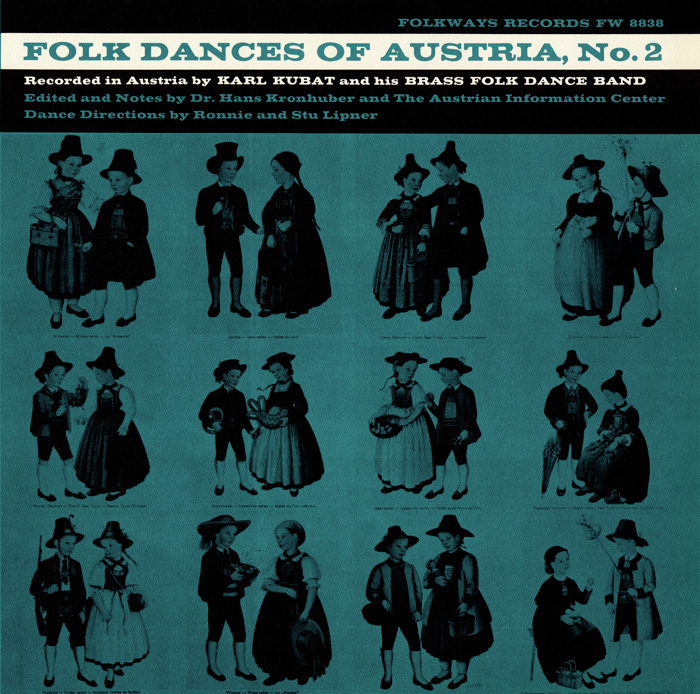
“Studentenpolka (Students' Polka)”
from Folk Dances of Austria, Vol. 2 (1959) | FW08838
Procedure:
- Teacher plays “Bip Bip Polka” from Polish Dance Time (MON71598) as the class enters the room and students are asked to clap along with the teacher.
- “How do you think these dances were created/invented?” Student answer/discussion
- Teacher explains the story of the polka dance.
- Teacher asks students to identify and locate countries on a map where they think polka is/was a prominent part of the culture: Poland, Czech Republic, Austria, Sweden, Norway, Finland, Denmark, Russia, Ukraine
- “Studentenpolka (Students' Polka)” from Folk Dances of Austria, Vol. 2 (FW08838)
- Identify instruments used in polka music
- Discussion about polka music and the day's lesson.
Assessment:
- Are students able to clap on the beat with the “Bip Bip Polka”? Are students participating appropriately in discussion segments?
Lesson Segment #2. Polka Dance

“Muziky Muziky Polka”
from Deeper Polka: More Dance Music from the Midwest (2002) | SFW40140
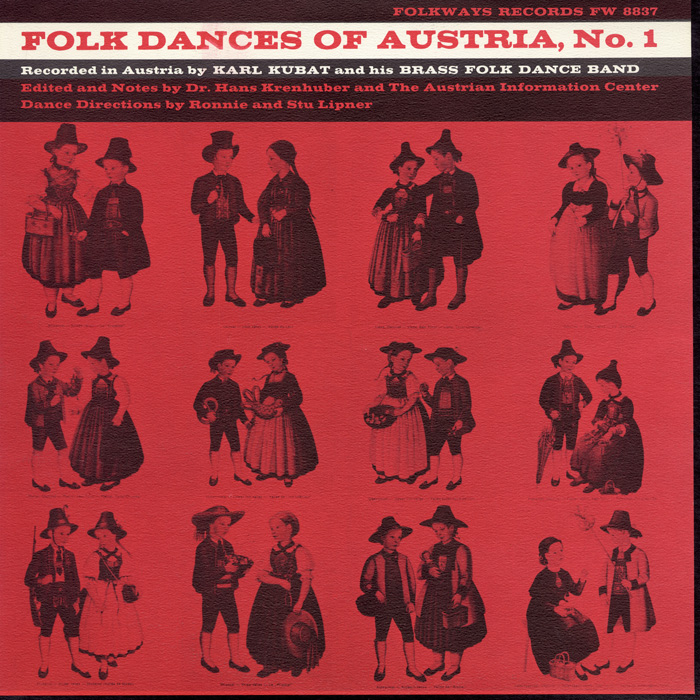
“Kuckucks-Polka (Cuckoo Polka)”
from Folk Dances of Austria, Vol. 1 (1959) | FW08837
- Teacher plays “Muziky Muziky Polka” from Deeper Polka: More Dance Music from the Midwest (SFW40140) as the class enters the room and teacher leads class in whole body movement.
- Students and teacher review countries where the polka is/was a predominant part of culture: Poland, Czech Republic, Austria, Sweden, Norway, Finland, Denmark, Russia, and Ukraine.
- On the Internet, find and watch appropriate videos of middle school students doing a polka dance.
- Students learn a basic polka dance
- Teacher asks students about other dances that they might know or what type of event a polka might be performed at (weddings)
Assessment:
- Are students able to perform a basic polka dance? Are students participating appropriately in discussion segments?



